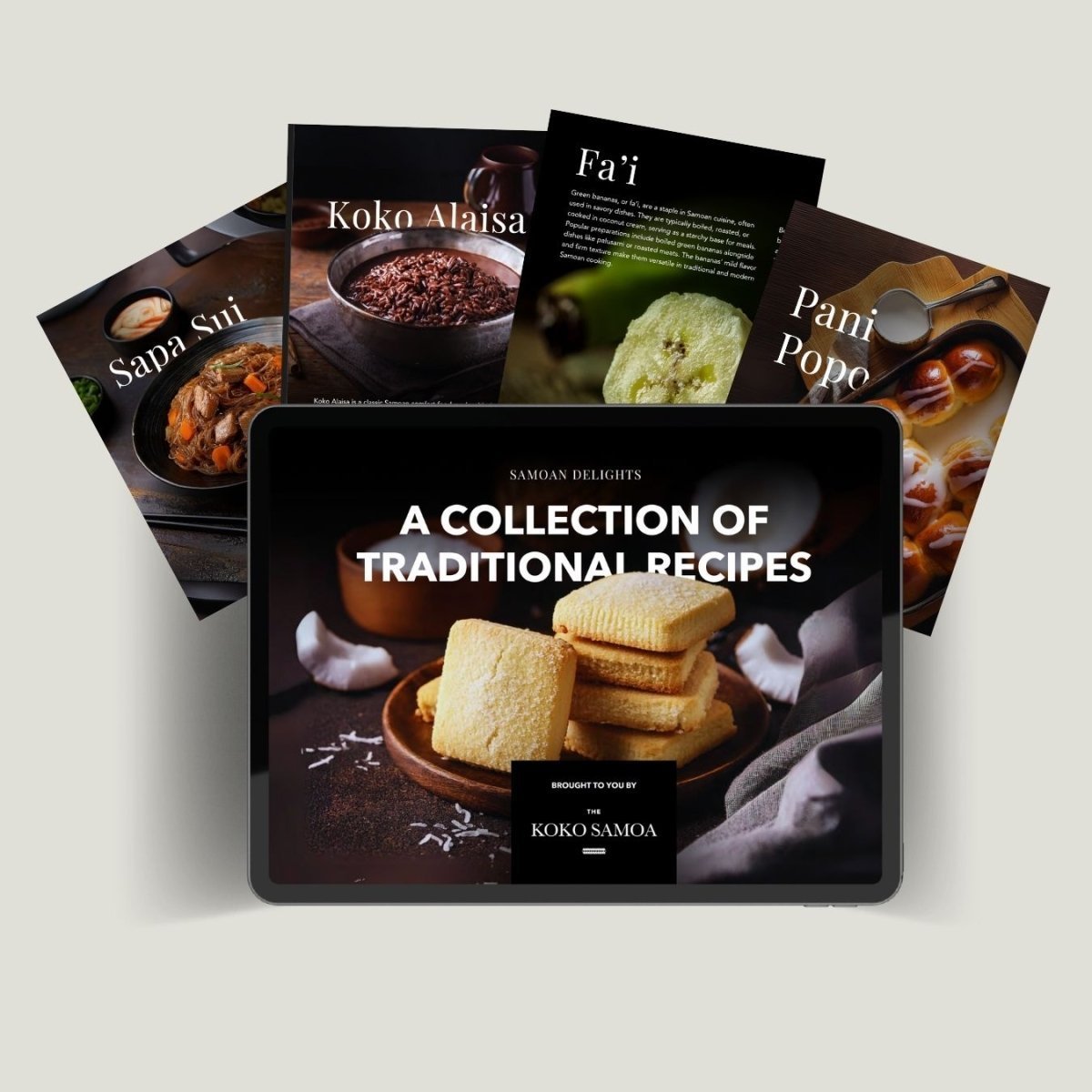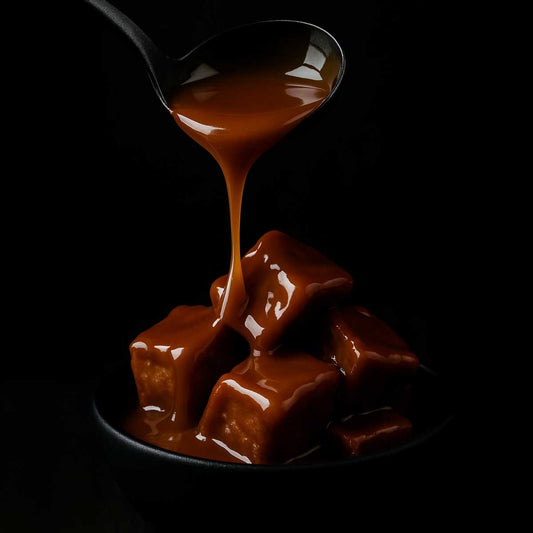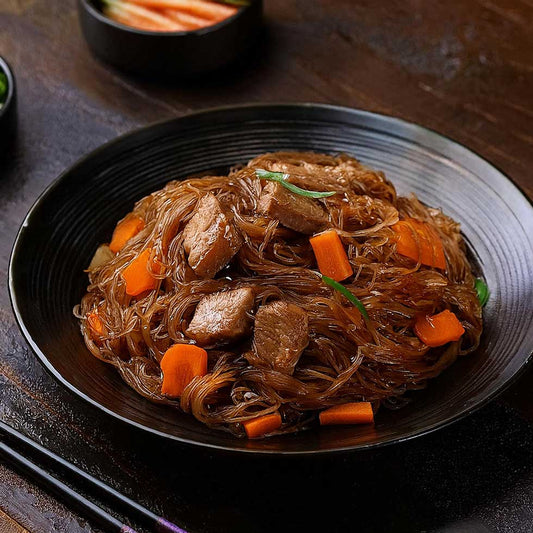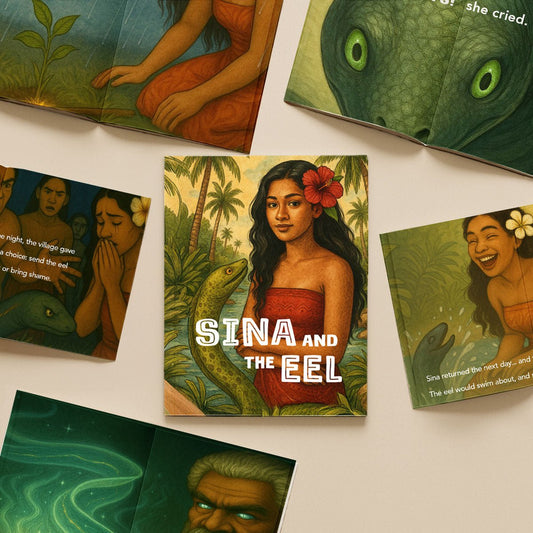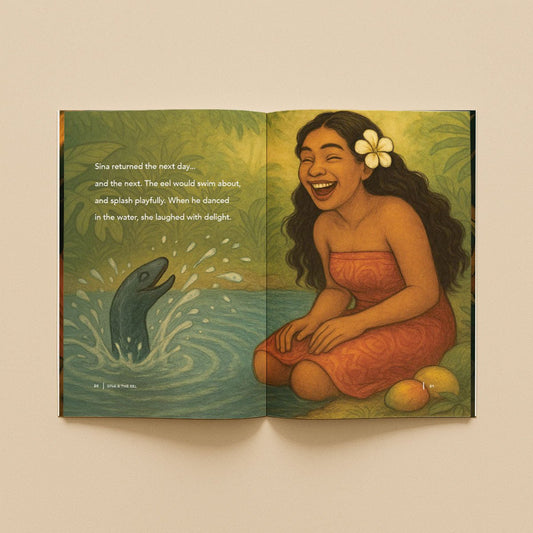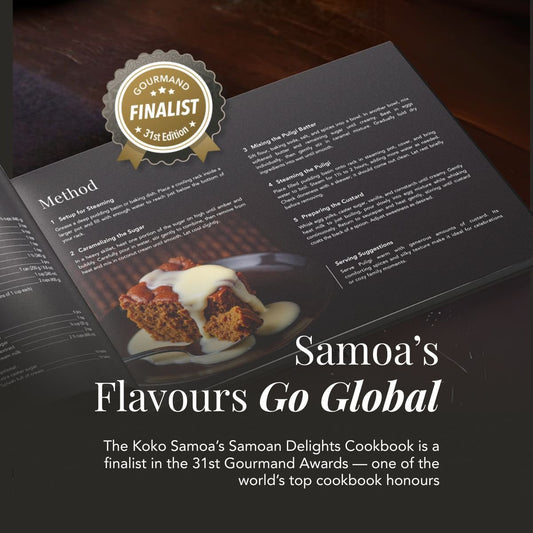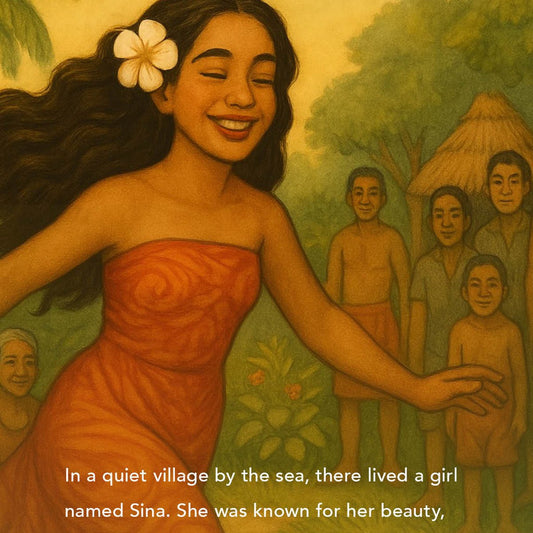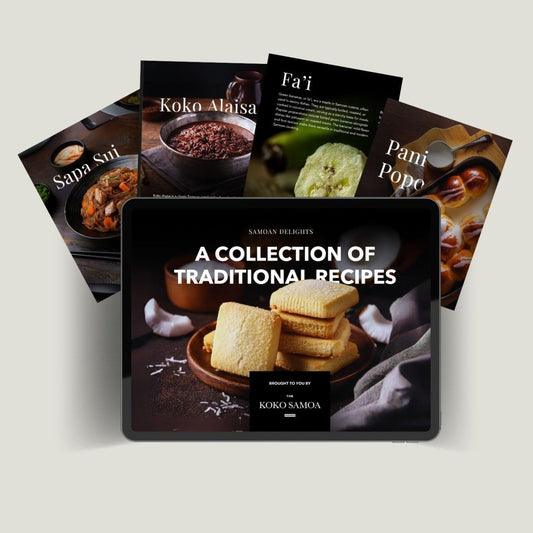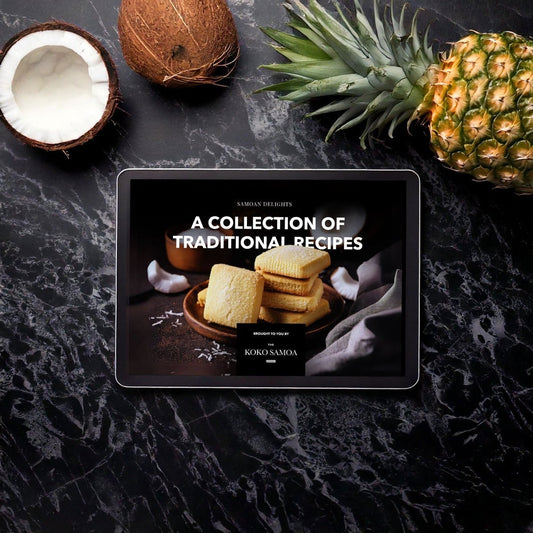High Quality Cacao. Not All Cacao Is The Same
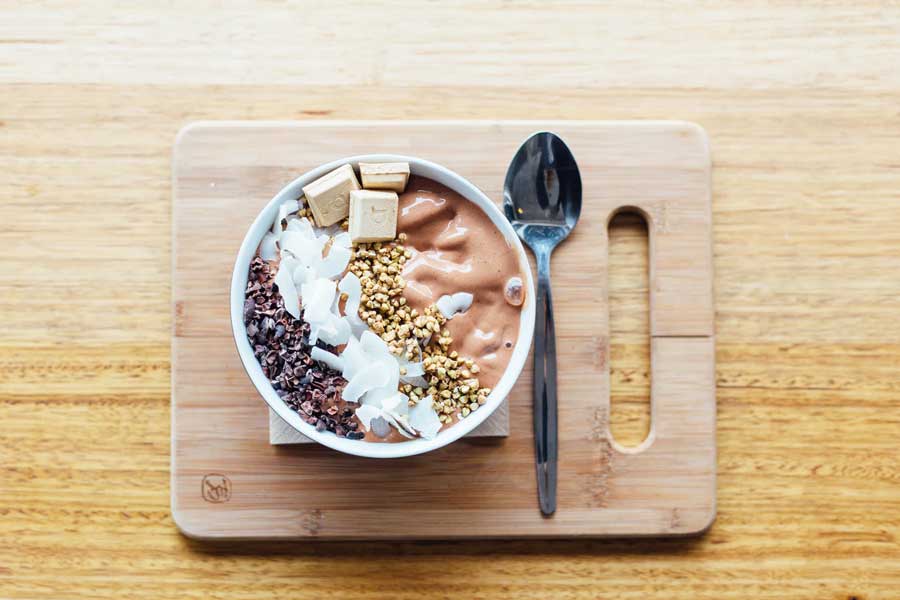
Have you ever picked up a bar of chocolate and wondered exactly what the label means? Have you ever been curious about what makes some chocolates better than others, or how chocolate makers become so obsessed with their creations? How about why some cacao nibs taste incredible and others bitter? To a large degree the answer to these questions are found in the kind of cacao it is made from, and how it is processed.
Like in coffee, cacao varieties affect the flavor, price, and production of the chocolate you are savoring. And like in coffee, there are many myths about these varieties – some true, some false.
What is Cacao Anyway?
Cacao or cocoa (Theobroma cacao) is a tropical tree native to the Americas. There are about 20 different species in the Theobroma family, which came from a common ancestor and share many features. Cacao’s siblings Theobroma bicolor and Theobroma grandiflorum can create a product similar to chocolate.
Generations ago cacao diverged from its common ancestor. Since then, evolution and human interference have led to multiple new types of cacao.
The name Theobroma cacao was first given to the cacao tree by Carolus Linnaeus –the father of modern-day taxonomic plant classification. Theobroma comes from ancient Greek and translates as ‘Food of the Gods’. Cacao is the Mayan root word retained by the Spanish colonisers of Mesoamerica to describe the tree and its produce.
In chocolate production, three kinds of cocoa bean are used today: the noble Criollo, the common Forastero, and a hybrid between the two, the Trinitario.
Criollo and Trinitario are often referred to as fine or flavor cacao beans, while Forastero is considered the ordinary or bulk cacao bean for mass production (although there are exceptions to this rule — see below). Over 90% percent of the world’s cacao is bulk production, mostly from the Forastero bean. The remainder is fine/flavor cacao, from most of the Trinitario and all of the Criollo varieties.
Criollo
The Criollo tree is native to Central and South America as well as the Caribbean islands and Sri Lanka. Only 5% of the entirety of the world’s production is Criollo. Criollo chocolate has a distinctly reddish hue, and an equally distinctive and complex taste that can include flavors of caramel, nuts, vanilla and tobacco. What the fine Arabica bean is to coffee, the even finer and rarer Criollo bean is to chocolate.
A Criollo bar is a fairly rare chocolate bar that should definitely be sampled if encountered. These tastes were not recently introduced — two hundred years ago Criollo was the dominant cocoa bean.
Due to the extreme susceptibility of the Criollo tree to disease, the Forastero tree seems to have become the world-standard tree for cacao today. Today, most of the Criollo trees are more closely related to Trinitario than their pure ancestors. The top Criollos are Ocumare 61 and the renowned Chuao, both of which can be found in Venezuela. There are very few true Criollo trees left.
Forestero
The most commonly grown cacao is Forastero. It is most likely native to the Amazon basin. Today, Forastero is mainly grown in Africa, Ecuador and Brazil and accounts for 80% of the world’s supply of chocolate.
This is the Robusta bean in coffee. Originating from the Amazon area, there are a variety of Forastero trees worldwide. Although most Forasteros are bulk cacao, there are exceptions such as the Ecuadorian Cacao Nacional or Arriba Forastero which is used as fine and flavour cocoa.
“Forastero” means “foreign” in Spanish, in comparison to “Criollo” which is the word for “native.” This distinction was made by the Spanish who, at first, exclusively imported “Criollo” cocoa from Venezuela and thus regarded “Criollo” as the original variety of cocoa, as opposed to the “foreign” Forastero from the Amazon region.
Trinitario
Trinitario is a hybrid between the Criollo and Forastero trees and originated in Trinidad. It was created in 1727 after a hurricane wiped out most of the Criollo coffee trees. The plantations were replanted with Forastero trees, but spontaneous hybrids appeared.
The new variety resulted from the combination of the Criollo trees and the remaining trees, leading to the new Trinitario variety. Trinitario trees spread worldwide in the 19th century and can be found in Venezuela, Ecuador, Cameroon, Samoa, Sri Lanka, Java and Papua New Guinea.
Trinitarios display a fabulous range of traits from both parental groups : the pods are not as bumpy as that of Criollo, the beans tend to be less plump than Criollo, and they can exhibit a range of colours from light purple to medium purple. The flavour profiles also reflect a range of characteristics from both parent types. They have good basal cocoa flavour with a delightful range of flavour profiles from fruity to floral.
So which cacao should you choose?
Like anything, try them all and see what your tastes prefer. What a great reason to try more chocolate and nibs! That said, Triinitario is the most common fine/flavour cacao and is most likely to be found in high quality dark chocolate today.
Samoan Trinitario Cacao Fine Flavour
A particular mention should go to the Samoan varieties, which are very highly regarded. An exception is the Trinitario from Cameroon which is generally classified as bulk produce. Samoan Trinitario is unique in that the fine flavour profiles comes from a rich history of permaculture, nutrient dense volcanic soil and lush green mountains surrounded by sea and sun.
Some time ago, Forestero and Trinitario cacao varieties were introduced to Samoa. It was cultivated in colonial plantation lands to supply Europe.
The varieties have merged into a unique Samoan Trinitario, a high-quality fine flavor cacao with distinct characteristics that reflect Samoas’ history. In the process of developing this strain, the Samoans have taken into account the best qualities that come from a parent plant, and has given the world an exquisite hybrid with a chocolatey flavour that many individuals have come to know and love, paired with extra notes that beg to reveal themselves to your discerning taste buds!
